What is Harmony in Music? How to Use it in Your Songwriting
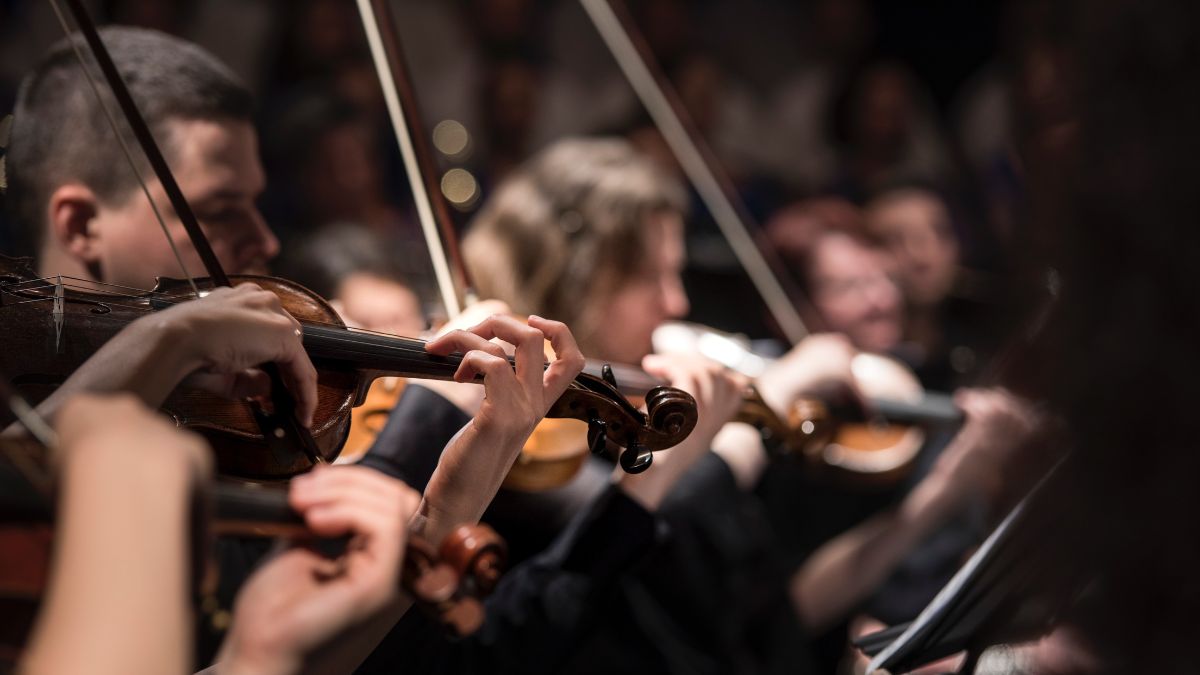
Melody, harmony, and rhythm are the three pillars of what we know to be music, and Harmony is arguably the most thoroughly researched, debated, and analyzed of the three.
In this article, we will explore what harmony in music really is. You’ll learn what harmonies are, how to identify them, and how to write and incorporate harmony in your own music to take it to the next level.
One cool way to visualize how they all fit together is to imagine melody and rhythm as “horizontal”, and harmony as “vertical”.
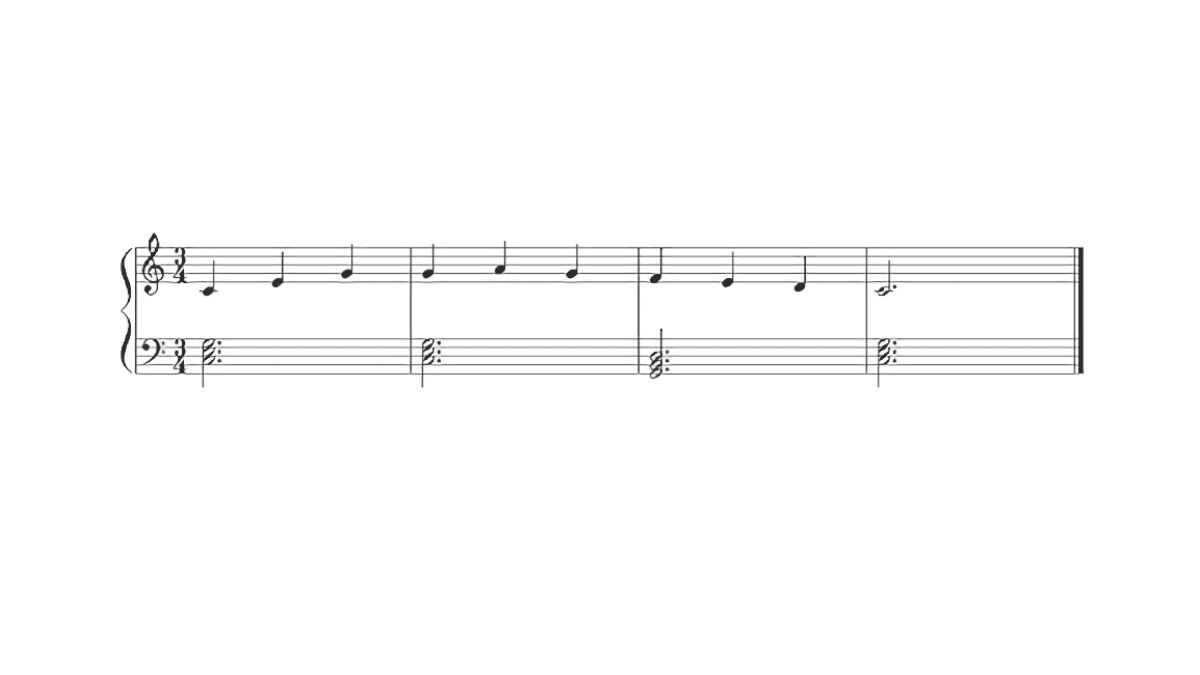
Above: Chords formed vertically on the bottom staff, while the melody moves in rhythm from left to right.
What is Harmony in Music?
Before we begin diving into how you can use harmony in our songwriting, let’s do a quick primer on what exactly harmony is. Harmony can best be understood as more than one musical tone being sung or sounded simultaneously. This is opposed to “melody”, where single musical notes are played or sung separately in a sequence.
Therefore, the term “harmony” applies to any combination of more than one note sounded simultaneously: from basic two-note intervals (also called “dyads”) to three, four, and even five note chords (triads, tetrads, and pentachords).
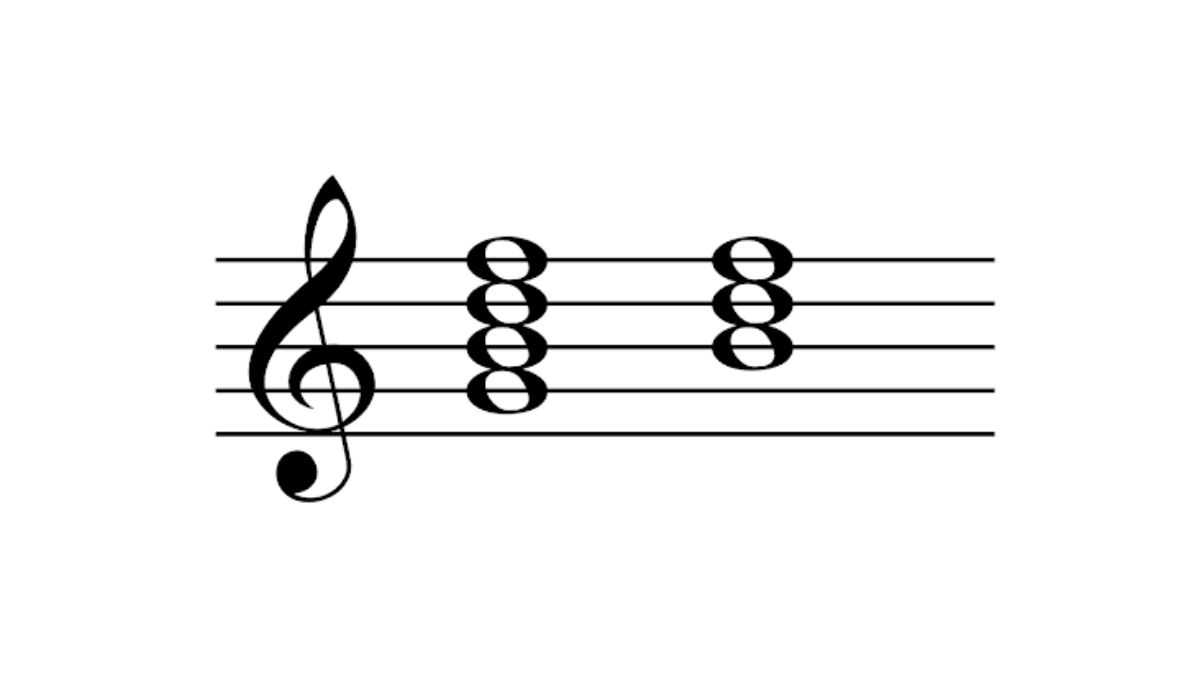
If this already sounds like an alien language, don’t worry! Just refer to our music theory basics guide here.
Classically speaking, harmony was simply the result of different overlapping tones being sung by a choir or group of musicians.
In this style of composition, the composer would write multiple individual melodies using a technique called “counterpoint”. These melodies would be arranged by “voice” (from low to high). This could be a choir, where different vocal ranges are described as soprano, alto, tenor, and bass. Or it could be an instrumental group, such as a string quartet, where the cello, viola, and violins would function in the same way.
The piece’s “harmony” would then be formed by the interaction and overlap of these individual voices that generated musical chords.

This system gave us one of the musical labeling systems we still use today, roman numerals.
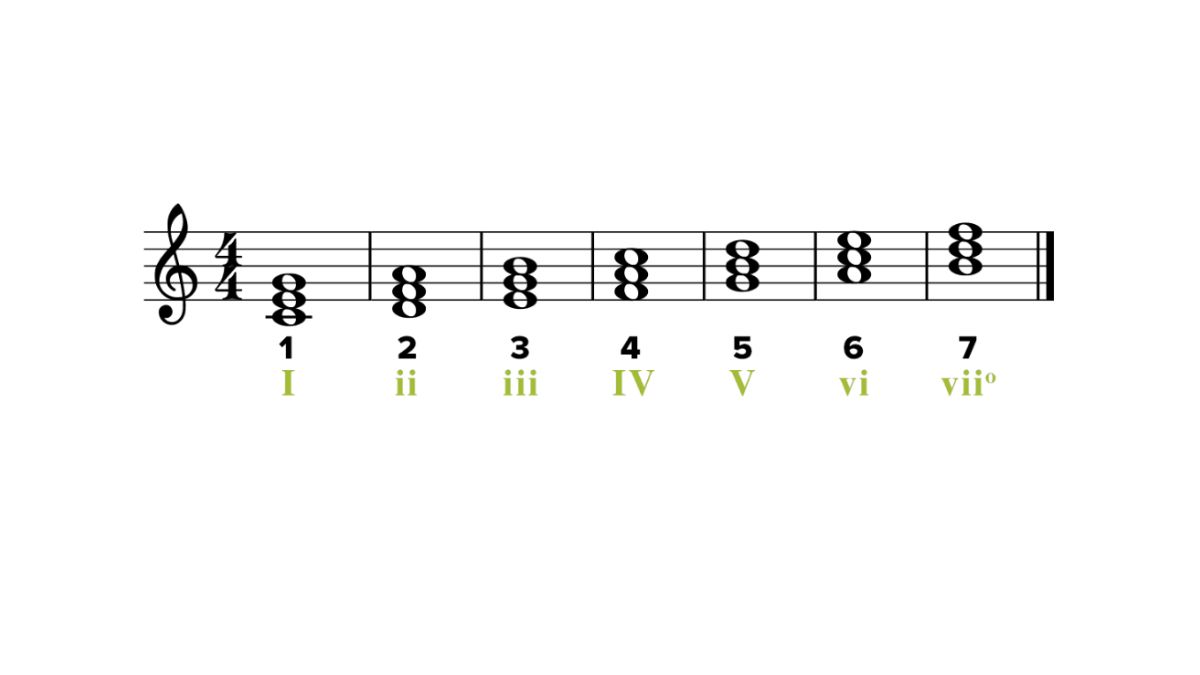
In this system, a chord is built from every degree (note) of the major scale. That chord is given a number 1-7. These numbers are represented by the numerals.
If the chord is major, the numeral is uppercase. If the chord is minor the numeral is lowercase. For a diminished chord, a small circle is added next to the lowercase numeral.
In modern music, we often write pieces using fully-formed musical chords a la carte (imagine a singer-songwriter strumming chords on the guitar, while she sings an accompanying vocal melody.) In fact, chords form the basis of modern songwriting and production. Therefore, our understanding of harmony has evolved over time.
Consonance vs. Dissonance
Harmonies can be “consonant” or “dissonant”. Consonant harmonies are stable and “pleasing” to the ear. In dissonant harmony, the notes “clash” and create tension. This is due to the way our brain perceives sound waves.
Consonant harmonies are formed by sound waves whose frequencies divide evenly into one another, forming a mathematical pattern that our brain perceives as pleasant. Some examples of consonant intervals are the octave (P8), perfect fifth (P5), and major 3rd (M3).
Dissonant harmonies on the other hand, are formed by sound waves which have no neat pattern of divisibility. The larger ratios of these sound waves are much more complex, and the result is a sound that is often abrasive or uncomfortable. Some examples of dissonant intervals are the minor 2nd (m2), augmented 5th (Aug5), and diminished 5th/tri-tone (Dim5).
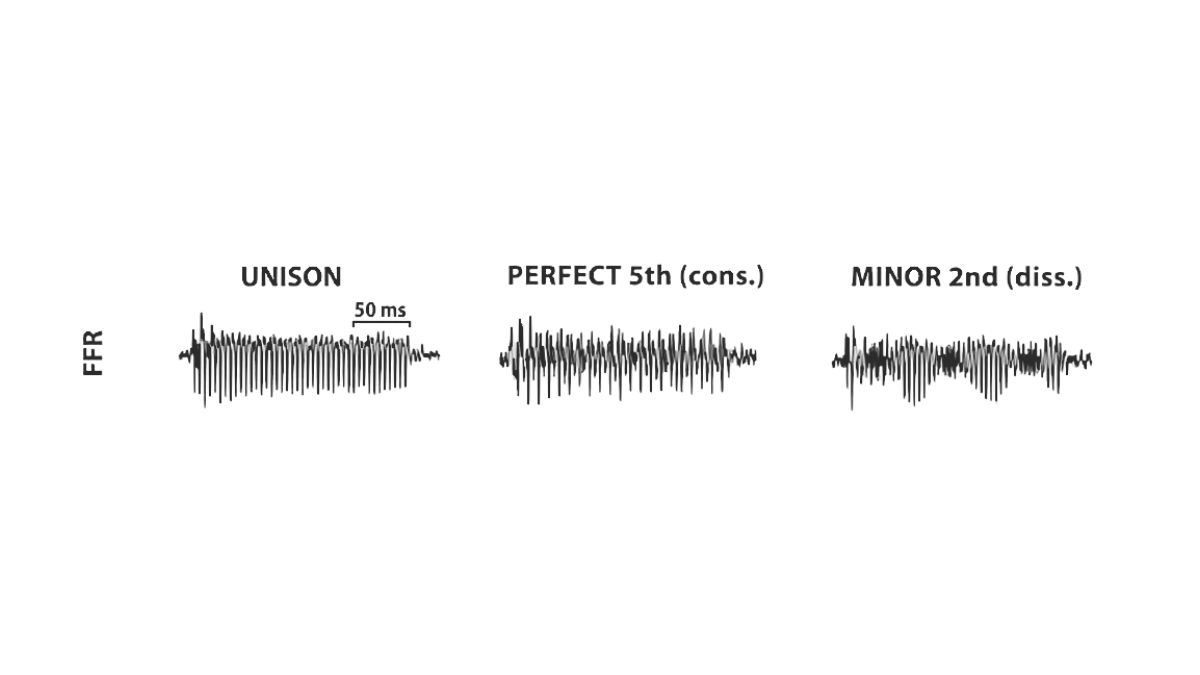
Above: a visual representation of consonant and dissonant soundwaves.
Dissonant doesn’t mean bad however. In fact, dissonance is found everywhere in almost every genre of music, and it’s calculated use can produce amazing feelings of triumph, resolution, hope, and even terror!
How Is Harmony Used in Music?
Because the term “harmony” is used loosely to describe any element of music where more than one note is being heard, it’s important to quickly understand how and where this term is used interchangeably.
1. Analyzing a piece of music
Harmony can refer to an entire song’s overarching “harmonic structure”. For example, a musician might say, “That new Beyoncé song has great harmony!” to refer to the interplay of the piece’s chord progression, melody, and vocal harmonies.
2. Harmonizing a melody
Unless you’ve studied music formally or are already a trained musician, you probably associate the term harmony with singing. You’ve heard singers “harmonize” with one another on the radio, streaming, in YouTube videos, and on TV. This type of two or three note vocal harmony is found practically everywhere in popular music, dating back hundreds of years.
When we use the term harmony to describe this element of music, we are talking about “harmonizing” with a melody.
A second, complimentary melody is composed which harmonizes with the song’s primary melody. The effect created is called a harmony because more than one note is now being sung at the same time.
This can also be done with musical instruments. We’ll learn exactly how to do this a bit later!
3. Forming chords
We use the underlying theory of harmony to form musical chords. Chords are formed according to patterns that can be applied to every musical key. These chords have different qualities like major, minor, diminished, or augmented.
The quality of the chord is predetermined by the “key center” of the piece. Chords fall into three different groups.
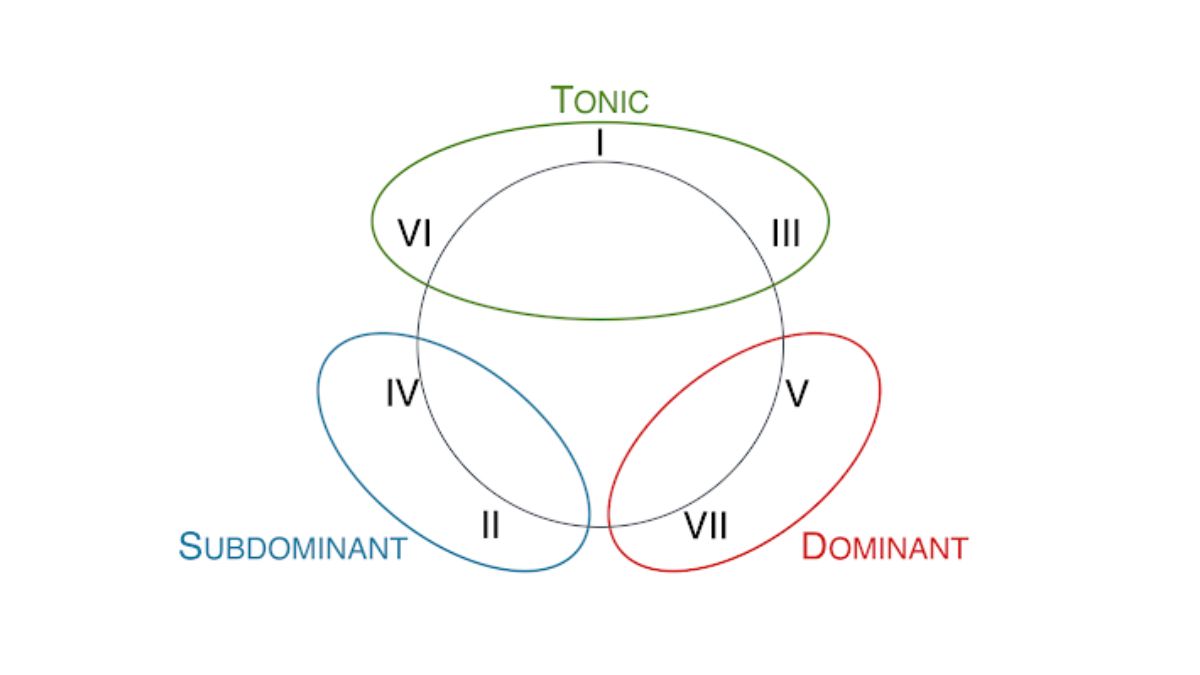
Tonic: Tonic chords are the most stable. They don’t sound like they need to move anywhere.
Dominant: Think of dominant chords as the total opposite of tonic chords. These chords are unstable and need to resolve back to a more comfortable chord.
Predominant: Predominant chords are the in-between chords that can move us from tonic chords to dominant chords.
Other notes can be added or altered to change the sound of chords. This is all part of harmony.
A Popular Example of Harmony in Music
These concepts are best illustrated using the famous I - V - vi - IV (1 - 5 - 6 - 4) chord progressions used by so many popular songs!
Lady Gaga “Edge of Glory” Chorus:
This progression begins on a stable tonic chord, “I”. The next chord, “V” is dominant, meaning it wants to resolve back to a tonic chord, “vi”. The final chord, “IV” is predominant, which unoffensively transitions back to the tonic “I” chord.
3 Different Types of Harmony in Music
Harmony takes many forms. Here are the three most popular and important forms of harmony.
1. Diatonic Harmony
“Diatonic” can be used to refer to any melody, harmony, or chord progression where all of the notes or chords belong to the same musical key. These sounds are usually clean, predictable and comforting. They don’t surprise us or contain much tension to evoke more complex emotions. Therefore, you’ll find diatonic harmony used most frequently in pop, rock, and dance music.
If you need a quick refresher on which chords belong to which key, check out our interactive Circle of Fifths.
2. Non-diatonic Harmony
“Non-diatonic” harmony is used to refer to chords, progressions, or harmonized melodies that borrow notes or chords from other musical keys. These harmonies can still be consonant, but offer an added depth of color, tension, and movement that really adds excitement to songs and pieces.
The most common example of non-diatonic harmony in pop music is using the famous “minor 4” or “iv” chord.
Beatles - “In My Life”:
This chord, borrowed from the parallel minor key, is found everywhere from 50s doo-wop and motown, to Beatles, 90s music, and the Emo/Pop-Punk genre of the 2000s.
Another example is using a “minor 5” or “v” chord. The V chord is usually major (dominant) in a major key, but if we again borrow the 5th chord from the parallel minor key, we get this beautiful chord swap.
Hear it here in the Brandi Carlisle’s “The Joke”:
Chords: D - Am7 - G - D
I - v - IV - V
3. Atonal Harmony
This third type of harmony, known as “atonal” does away with a key center entirely, in favor of “non-functional” combinations of tones.
The term “non-functional” means that there is no clear theoretical relationship between the various chords and tones being combined or played in sequence.
Most modern examples of atonal harmony come from what is known as “post-modern classical music”, or “20th century music”, a genre of music pioneered by composers like Arnold Schoenberg and Igor Stravinsky. This genre of classical music uses a technique called “12-tone” composition or “serialism”, to create entire pieces that utilize dissonant harmony.
For a handful of reasons, this style of composition never found its way into popular music, meaning there aren’t any relatable examples of this technique in action.
However, post-modern music and atonal harmony did influence many of the great film composers of Hollywood’s Second Golden Age, namely John Williams (Star Wars, E.T., Jurassic Park, Harry Potter).
When listening to these film scores, especially in “Star Wars Episode V: The Empire Strikes Back”, you can hear many wonderful examples of dissonant and atonal harmony being used throughout.
Listen here at 5:13 during the “Battle of Hoth” scene, where William’s masterfully uses atonal harmony to evoke dramatic tension, and the feeling of being on an alien world:
In this video, YouTuber David McCaulley breaks it down further:
Just because we’re hard-pressed to find atonality in pop music, doesn’t mean that it can’t be done. We’d love to see the ToneGym community explore this concept and try to incorporate it into songwriting and production!
How Do We Harmonize a Melody?
Harmonizing a song’s melody is one of the most practical ways to implement harmony in songwriting. First, we’ll start with a simple trick to create a harmony on the piano.
The most common harmony used in popular music is a 3rd harmony. A 3rd harmony can be either major (4 keys away on the piano) or minor (3 keys away on the piano). Minor 3rds sound slightly darker; major 3rds more uplifting.

To correctly harmonize a melody in a musical key, we have to use a combination of both major and minor 3rds.
This is easy to execute on the modern day piano because all of the white keys form the musical key of “C”. To harmonize a melody in C, simply begin on the first note of the melody, skip over one white key and add the next note. We can repeat this pattern on all of the white keys to form a perfect melody in 3rds.

For a 3rd harmony, this pattern can simply be applied in any musical key:
- 1st note of the key: major
- 2nd note of the key: minor
- 3rd note of the key: minor
- 4th note of the key: major
- 5th note of the key: major
- 6th note of the key: minor
- 7th note of the key: minor
Which intervals are major or minor is a rote concept that you can memorize, using a tool like our scale analyzer!
Any note from the chord can be added as a harmony, so following the 3rd harmony, the 5th harmony is important to learn.
The 5th is a “perfect” interval meaning it usually doesn’t change distance (such as major or minor). However, when harmonizing the final scale degree in a musical key (called the “leading tone”), we must use a diminished or flatted 5th, because the final chord is harmonized as a diminished chord.
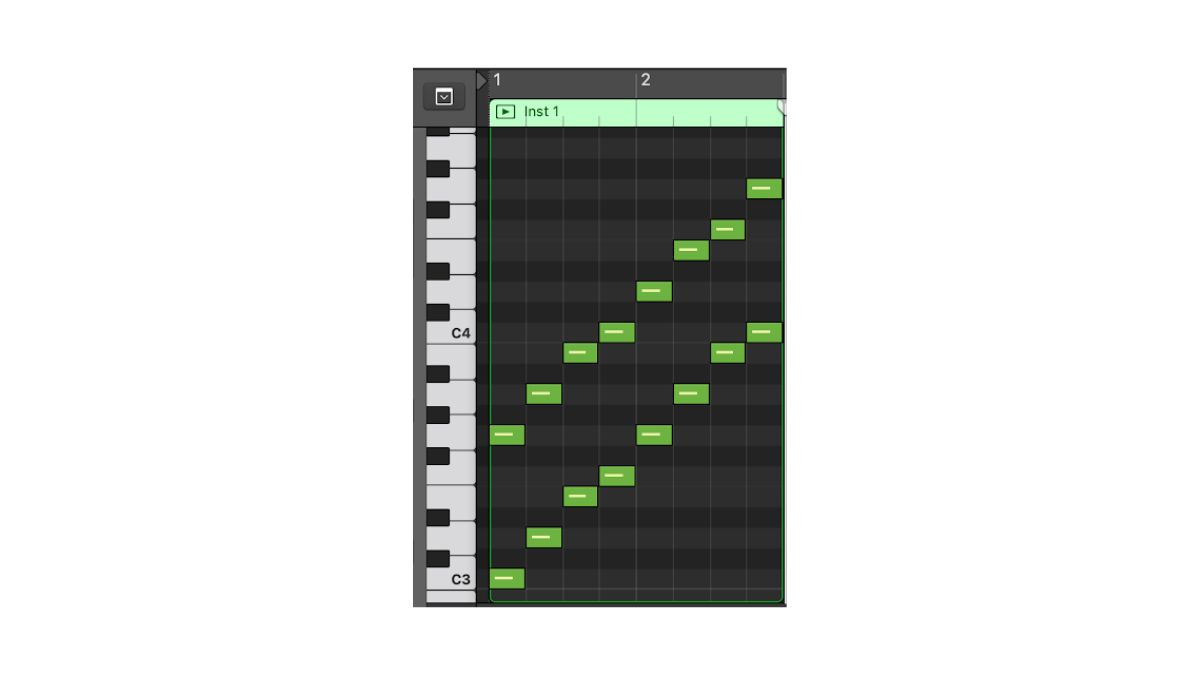
Another common harmony in pop music taken from outside the basic chord tones is the 6th. Again, 6ths can be major or minor.

When writing harmonies, we aren’t married to using just one. The harmonies illustrated above are “parallel” because the interval being used never changes. Advanced harmonies can use stacks of three or even four notes, with different intervals being used interchangeably.
This technique can be heard in modern pop vocal production, especially song’s produced by Swedish producers like Max Martin:
We hope you found this guide to using harmony in your songwriting helpful. Keep practicing, writing and producing your own music, and keeping your ears sharp on ToneGym!



Comments:
Login to comment on this post